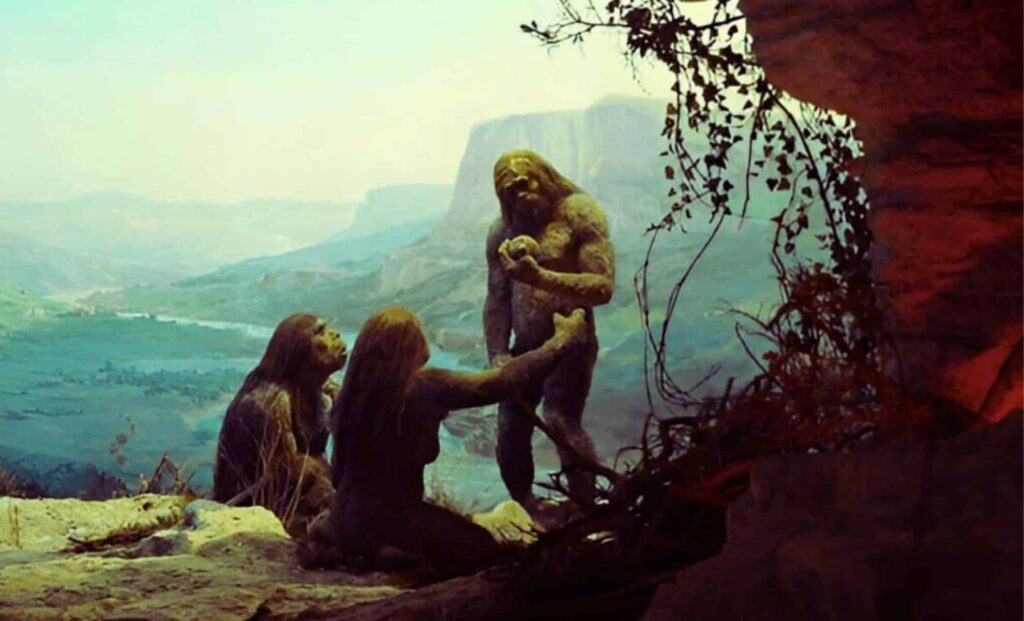A new study published in Science reveals a startling chapter in human history. Around one million years ago, humanity was nearly wiped out. According to the research, our ancestors were reduced to just 1,280 individuals, leaving us on the brink of extinction. This genetic bottleneck, lasting over 100,000 years, changed the course of human evolution in profound ways, shaping the global population we know today.
A Drastic Decline in Population
The study, which analyzed genetic data from 3,154 modern humans, paints a dramatic picture of early human history. Between 930,000 and 813,000 years ago, the human population suffered a catastrophic decline. The evidence shows that a staggering 98.7% of the population vanished during this period, reducing our ancestors to a small, isolated group of just 1,280 reproductive individuals.
This genetic bottleneck is reflected in the genetic diversity we see in humans today. By examining the differences in genetic makeup between populations, researchers were able to trace this major population crash and uncover its lasting effects on the human genome.
The Role of Climate Change
While the exact cause of this near-extinction remains unclear, scientists believe that dramatic climate shifts were a significant factor. During the middle Pleistocene, Earth experienced significant cooling, with long periods of glaciation and severe droughts. These harsh environmental conditions likely caused food shortages, driving human populations into smaller, more isolated groups. Competition for resources would have been fierce, and many groups likely perished in these unforgiving times.
The scarcity of fossil records from this period makes it challenging to understand the full extent of these changes. However, the genetic data offers a powerful window into this lost chapter of human history. It shows how climate change may have been a key driver in reducing human numbers to critical lows.
Chromosomal Fusion
One of the most fascinating findings of the study is its connection to a major genetic event: the fusion of two chromosomes into what became human chromosome 2. This chromosomal change set humans apart from other primates, as most great apes have 24 pairs of chromosomes, while humans have 23.
This chromosomal fusion is considered a significant turning point in human evolution. Researchers suggest that this genetic shift could have been crucial in the eventual emergence of Homo sapiens. It also played a role in the later divergence of Neanderthals and Denisovans. This genetic change is a remarkable example of how a single event—triggered by environmental pressures—can reshape the course of a species.
A Slow Recovery
By around 813,000 years ago, conditions began to improve. As the climate warmed and early humans mastered the use of fire, their survival prospects increased. These advances in technology and the changing environment allowed humanity to recover from the brink of extinction and eventually repopulate.
This recovery, though gradual, laid the foundation for the expansion of the human population across the globe. While this period of history was marked by significant adversity, it also highlights the resilience of humanity. Despite the challenges, early humans adapted, survived, and eventually thrived, leading to the diverse and widespread populations we see today.

